Compact and subcompact cars are highly desirable by many for a plethora of reasons. They get great gas mileage, tend to have excellent safety features, and are visually appealing. Among compact vehicles, the Honda Fit offers all of these features and more. But just how long will your Honda Fit last as an investment? Are they worth the cost of purchase? We have researched this great little car for you and broken it all down below.
With the proper levels of maintenance, the Honda Fit can last from 200 to 300,000 miles. This translates to a lifespan of 13 to 20 years on the average Honda Fit model. Maintenance will keep smaller issues from snowballing into bigger problems and take advantage of the Honda Fit's sustainability.
There's more detail to discuss when discussing the benefits of owning a Honda Fit, so continue reading below to learn more.
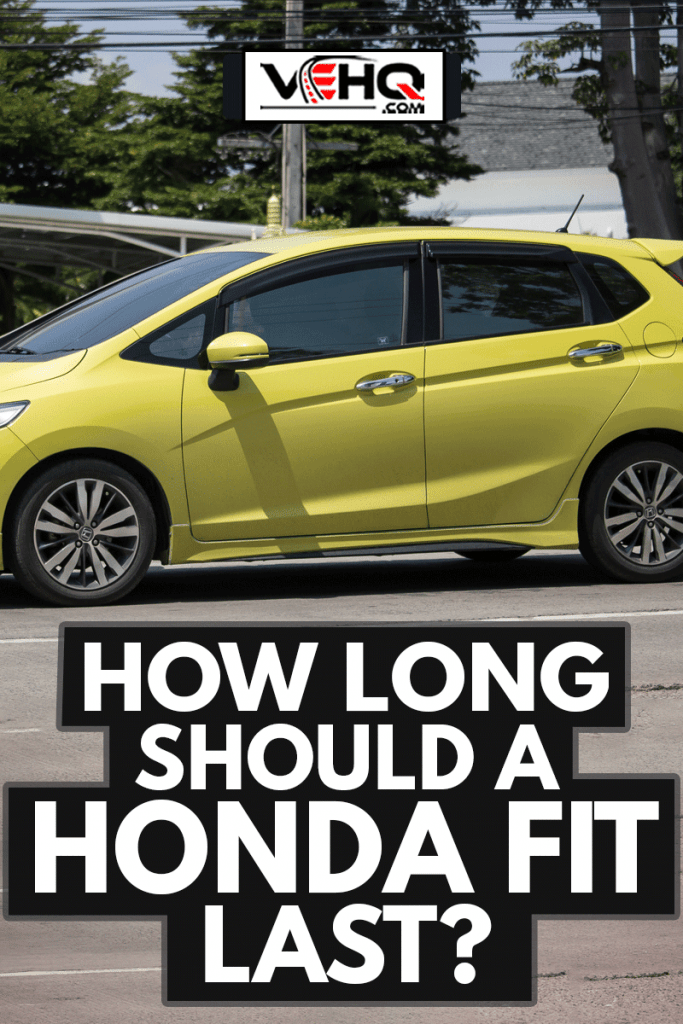
The Honda Fit, in summary
As mentioned, the Honda Fit is classified as a subcompact vehicle, which means all the things typical of any other subcompact.
It has many features, including great gas mileage, with up to 33 mpg in the city and 40 mpg highway, which will save you consistently over time. Its smaller frame is practical to keep clean and find parking for, and it offers great safety ratings.
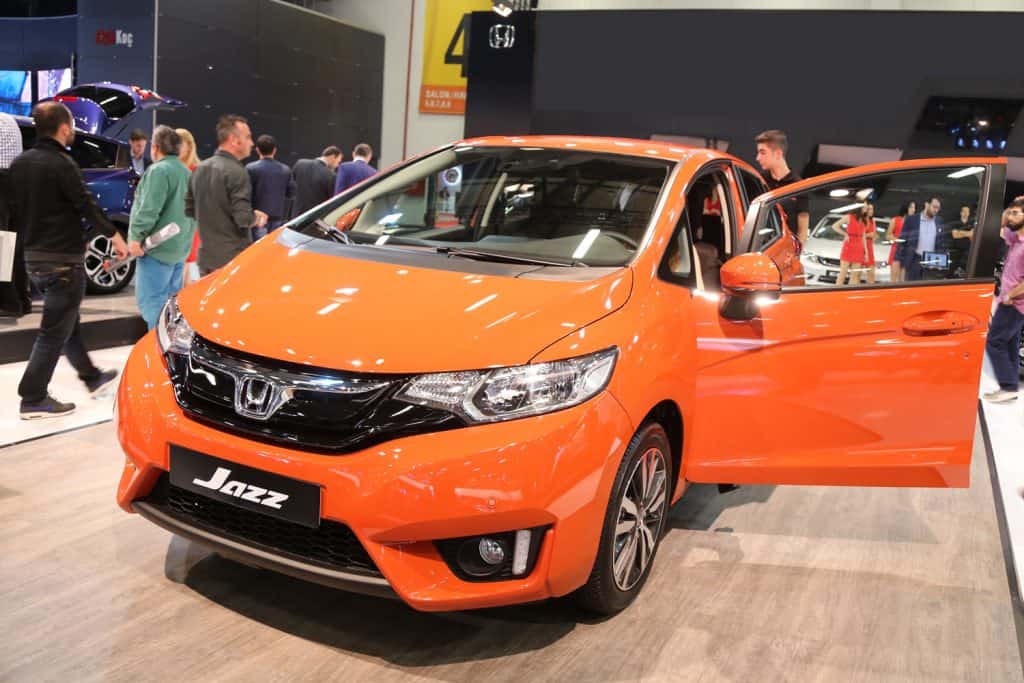
The Honda Fit's size and its superior handling make it ideal for crowded street driving and cities with narrow streets. It can navigate many areas easily and safely, making it great for college towns and similar areas.
It also handles the highway with impressive stability and power. The Honda Fit can change lanes with the confidence and nimbleness of cars far larger.
It offers great cargo space for its size due to its back seats that can fold entirely back.
Its standard 16.6 cubic feet of cargo space can be increased all the way up to 52.7 cubic feet, given the seat folding configuration. You'll be incredibly hard-pressed to find better cargo space in a car this size.
What's the average lifespan of a Honda Fit?
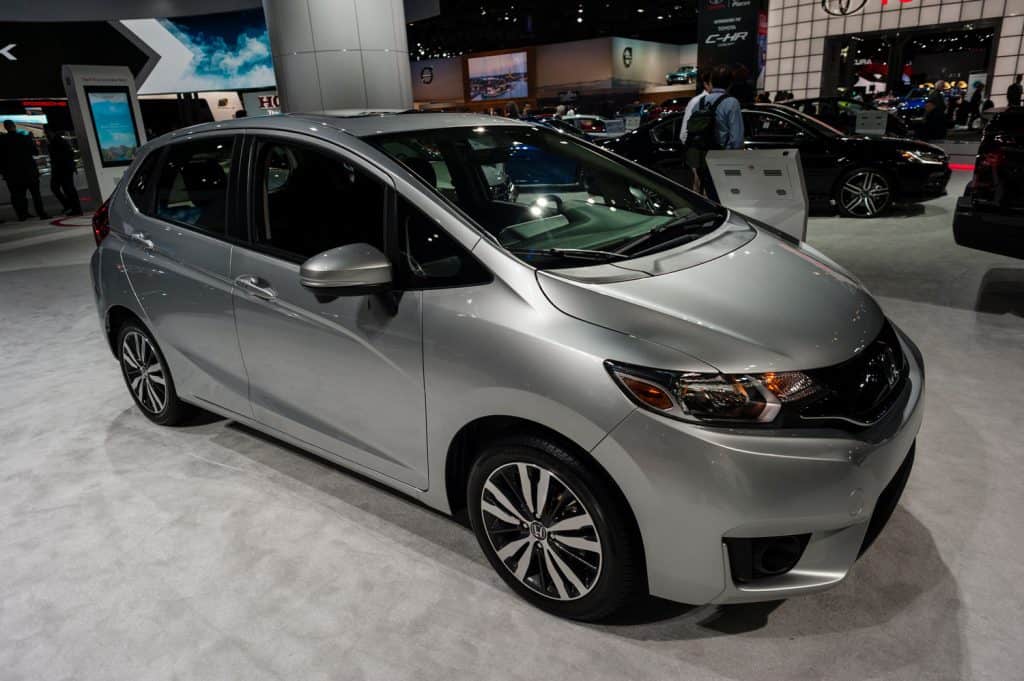
As previously mentioned, the average lifespan of a Honda Fit is around 200,000 to 300,000 miles or about 13 to 20 years of typical use.
Do note; that you will need to keep your Honda Fit in good shape to achieve these results. What constitutes necessary routine maintenance for your Honda Fit?
These processes include the likes of routine fluid checked and replacements, such as coolant and engine oil. These will keep the components of your Honda Fit running smoothly and keep its gas mileage up at its maximum.
You'll also want to stay on top of repairing worn parts in your Fit. These include brake pads and bearings. This not only keeps your car in its best shape but keeps you safe as well.
Lastly, it's always a good idea to conduct visual checks on your car semiregularly. If you're knowledgeable yourself, pop open the hood now and then and take a look, and if not, take it to your local garage for a visual inspection.
Your Fit's performance will benefit from early detection of any potential problems.
Read more: Is The Honda Accord AWD?
Is the Honda Fit a reliable car?
The Honda fit ranks incredibly high in many reliability metrics and ratings. The JD Power ranking gives the 2020 model a four out of five in its reliability rating, which compares favorably with other cars and makes its size.
It also favorably ranks in several other categories of reliability based on the frequency of repairs and unscheduled maintenance.
The average total cost for annual repairs on a Honda Fit is approximately 390 dollars. Compared to 456 dollars on average for other subcompact cars and 652 dollars for all other models of vehicles, this makes the Honda Fit a cost-efficient vehicle on average.
Owners bring their Honda Fit in for unscheduled repairs an average of 0.4 times a year.
Compared to the 0.3 times for other subcompact cars and 0.4 times for all other models of vehicles, this makes the Honda Fit an average build when it comes to unexpected breakdowns and needs for repair.
We can go further with this and note that the odds of your Honda Fit's repairs being categorized as severe is 8%, compared to 11% for other subcompact vehicles.
Other models of cars will need repairs categorized as severe 12% of the time. This makes the Honda Fit a receptive car to routine maintenance that won't spiral.
What problems does the Honda fit have?
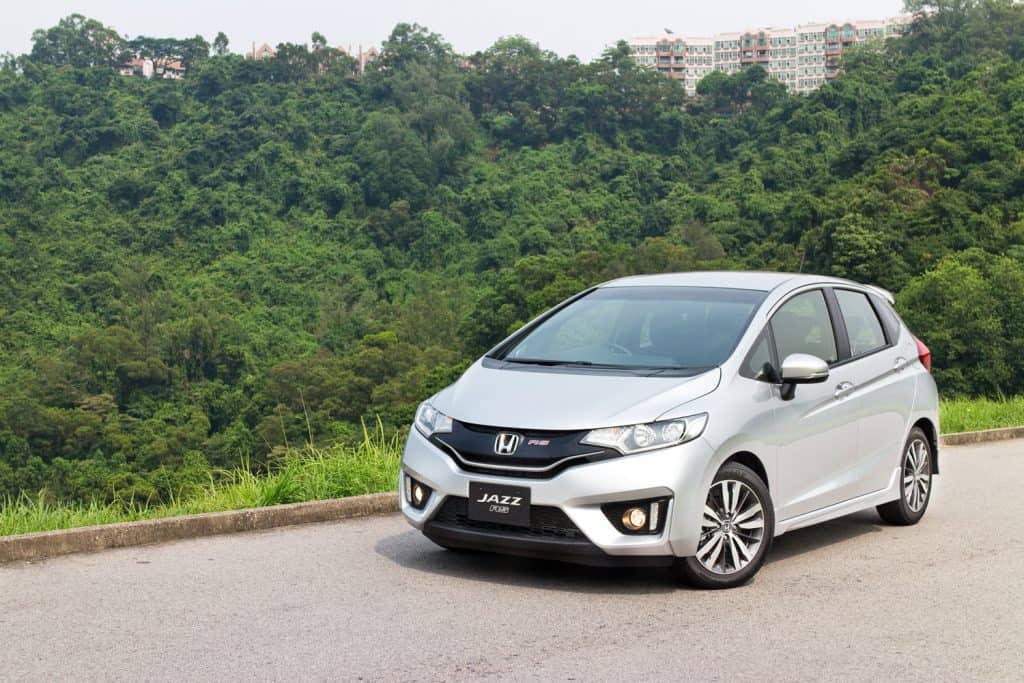
Despite its numerous benefits as a model, there are complaints drivers have with the Honda Fit.
These especially tend to crop up in older models from around the 2007-2015 range. Be aware of what year your Honda Fit is from if you're buying used or older models.
Some of the bigger issues you might have to face as the owner of a Honda Fit, as listed by HondaProblems.com, include the following:
Denso Fuel Pump failure
The Honda Fit incorporates the Denso brand fuel pump, which has low-density impellers. These can crack, absorb fuel, and suffer from deformities causing them to stop reliably sending fuel to the engine.
This can cause the engine to begin to stutter, run rough, or completely stall out. As you can imagine, this is not the ideal situation.
Issues with the Honda Sensing System
The Honda Sensing System is described as 'an intelligent suite of safety and driver-assistive technologies designed to alert you to things you might miss while driving.'
These include lane-keeping assistance, adaptive cruise control, road departure mitigation, and collision mitigation braking assistance.
All these features sound like great advancements in technology but can run into problems. These problems escalate when you're driving at 65 miles per hour.
Drivers should keep in mind these technologies are for assistance; they aren't magic bullets that keep you from having to pay attention, even at the best of times. And at the worst of times, major issues can occur.
The system can have problems detecting objects that aren't there and applying the brakes accordingly, disorienting drivers.
Bright sunny weather can trigger false positives in various warning alarms, and slight jostles can make the whole system require total recalibration. All in all, the system can cause headaches.
Persistent TPMS warning light
The tire pressure monitoring system offers an essential insight into the management of your car. It does remain a controversial feature, however.
Unfortunately, many manufacturers have yet to figure out how to deliver this information properly without giving drivers major headaches. Honda is one such manufacturer with many drivers complaining of a TPMS light that won't turn off.
The purpose of the TMPS is to tell you when you need to get out and check your tire pressure. This is important to keep abreast of for several reasons.
Not only is low tire pressure a safety concern, but properly inflated tires run better and will save you money over time.
Two warnings pop up with the TMPS system. The first situation is a tire pressure warning indicator which means the TMPS system is doing its job and warning the driver.
The second situation is a TMPS light that won't turn off regardless of changes to tire pressure. Honda owners experience increased incidents of the second situation.
Why was the Honda Fit discontinued?
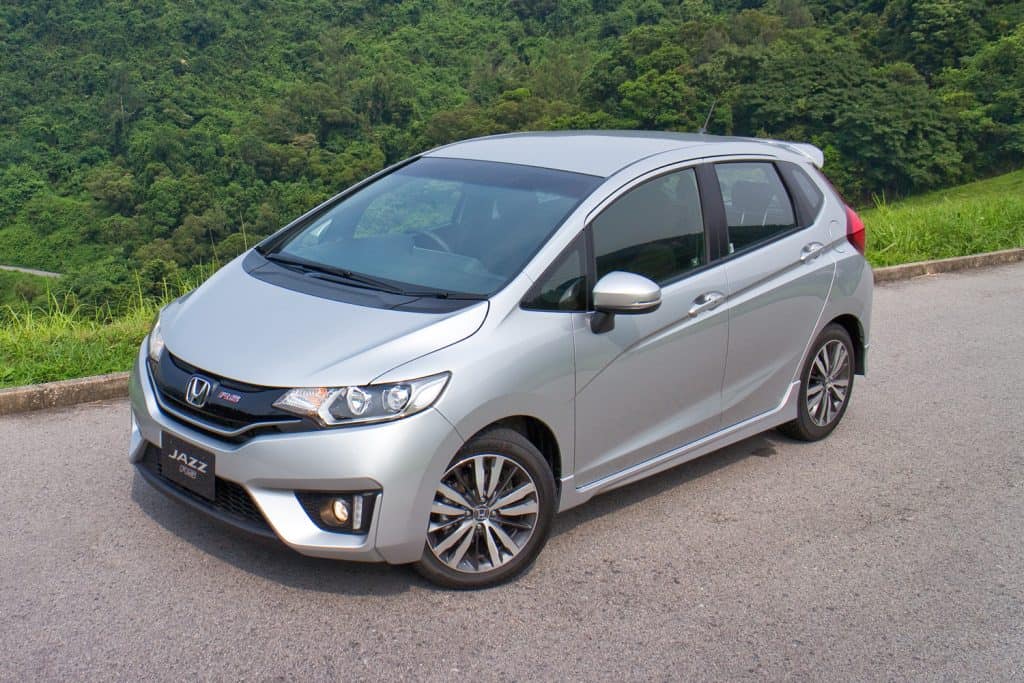
The Honda Fit was dropped in America after the 2020 model, with Honda citing poor sales as the main contributing factor.
In 2020, Fit sales dropped 19%, down to 13,887 units sold in the U.S. Honda plans to ramp up production of its related Honda HR-V to fill some of the void left behind by the Fit.
It's also a fact that the HR-V has a higher price point than the fit, meaning Honda does stand to benefit from its seeming replacement of the Fit.
Honda still makes the Fit in Europe and Japan, having a fourth-generation model shown at a 2019 show in Tokyo. Still, financial reasons seem to be the biggest and most sensical reason for the discontinuation in the U.S. market.
Read more: How Much Does A Honda Civic Cost?
Is a Honda Fit worth the money?
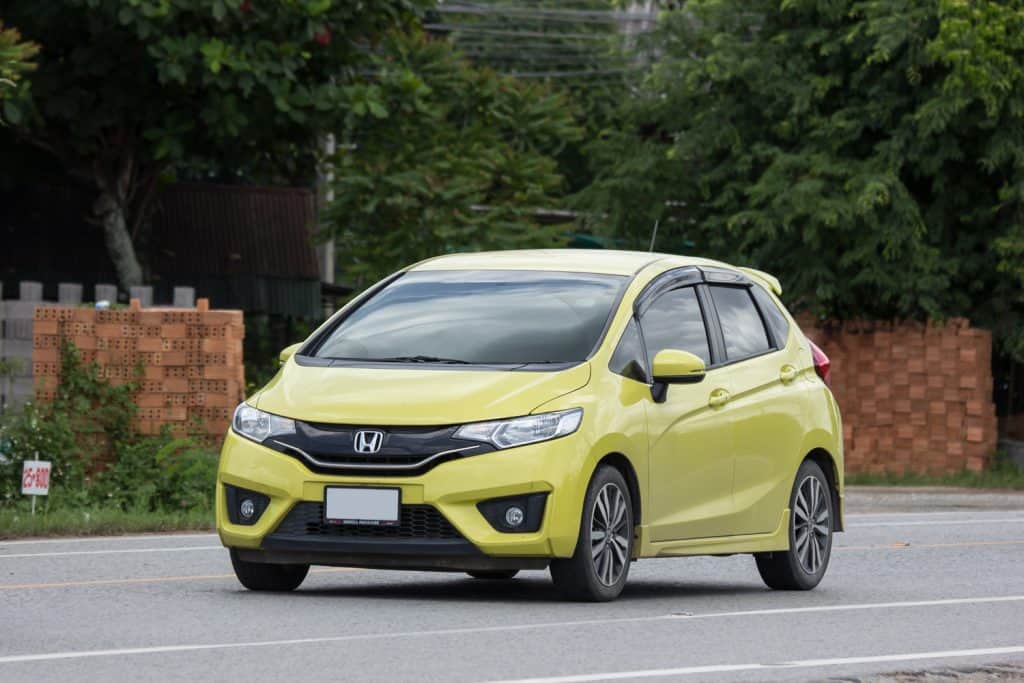
The Honda Fit, especially newer models including the 2020 Fit, is considered an excellent subcompact car. There is a lot to love about the fit with great handling, cargo space, and additional safety features on newer models, including the 2018 Fit.
The HR-V does have a slightly higher starting price point, but not extravagantly so. It also has more cargo space, so if that's a major selling point, you might want to look into it.
Overall, the Honda Fit has many pros, some cons and will require some research, especially with later models. Many car websites have a lot of great things to say about the Fit overall.
In Closing
Like any good car purchase, buying a Honda Fit should include research to ensure it's the best purchase for you.
Educate yourself and take the time to make sure you're making the best choices, and the Fit can easily become an excellent car for your driving needs.

In conclusion the Honda Fit is a land of contrast.